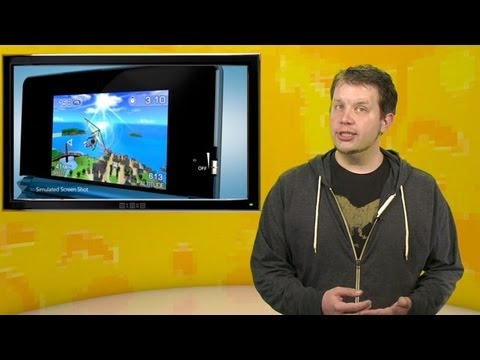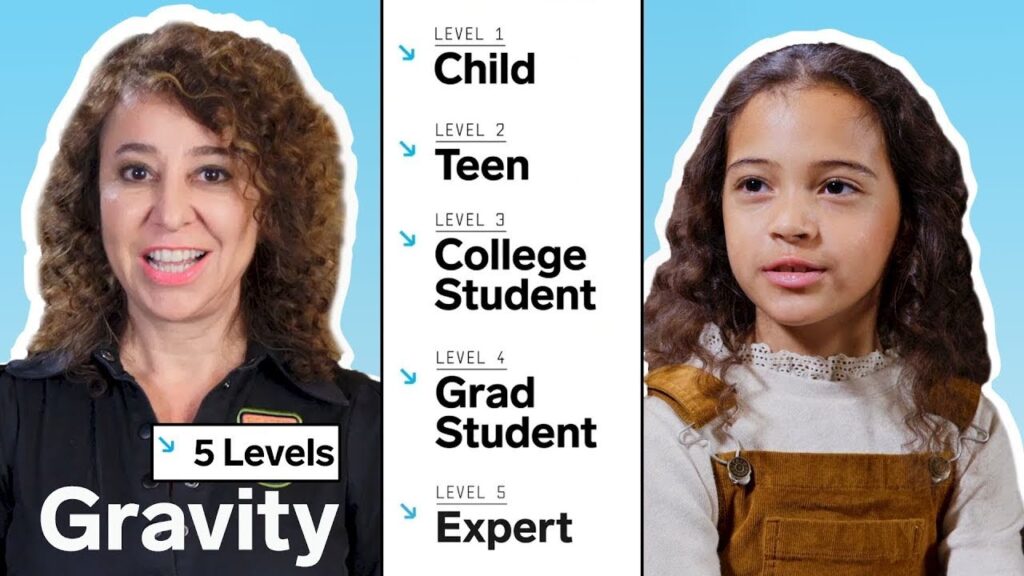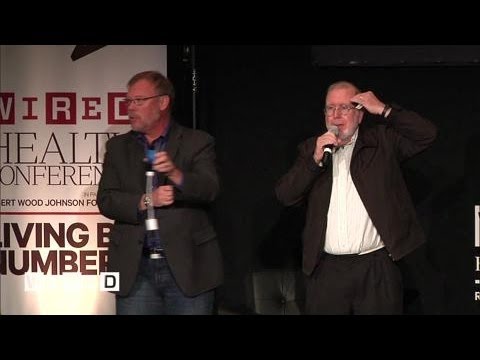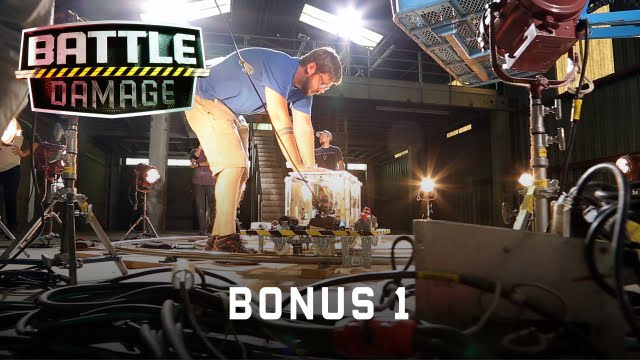Nike’s Attempt to Break the Sub-Two-Hour Marathon Barrier in Monza, Italy
Summary
Nike is organizing a race in Monza, Italy, where three of the world’s best long-distance runners will attempt to run a sub-two-hour marathon. Wired invited members of their running club to see how long they could last on a treadmill running at 13.1 miles per hour to understand what distinguishes a world-class distance runner from an average runner. They also spoke to Michael Joyner, a physician researcher at the Mayo Clinic, who explained the three things that determine distance running performance: VO2 max, lactate threshold, and running economy.
Table of Contents
- What Determines Distance Running Performance?
- The Myth about Forefoot or Midfoot Running
- Technological Enhancement to Boost Efficiency
- Running Economy Varies from Person to Person
What Determines Distance Running Performance?
Nike’s attempt to break the sub-two-hour marathon barrier requires maintaining an average pace of 13.1 miles per hour for 120 consecutive minutes. To understand what distinguishes a world-class distance runner from an average runner, Wired invited members of their running club to see how long they could last on a treadmill running at 13.1 miles per hour. The three things that determine distance running performance are VO2 max, lactate threshold, and running economy, according to Michael Joyner, a physician researcher at the Mayo Clinic.
VO2 max measures how much oxygen one can get out of the air and into their tissue, and elite athletes attempting the sub-two-hour marathon have VO2 max values in the 70s or 80s. Lactate threshold is the level of effort at which lactate and other metabolites start accumulating exponentially in the blood, and trained individuals can work at 85-90% of their maximum. Running economy measures how efficiently one runs, and it is determined by biomechanics.
The Myth about Forefoot or Midfoot Running
The belief that running on your forefoot or midfoot is more efficient than landing on your heel is a myth. Biomechanics researcher Ian Hunter shot footage of elite distance runners and found that their strides varied, with some landing on their forefoot, midfoot, or heel first. Running economy varies from person to person, and even though it’s not fully understood, it’s the most sensitive variable to technological enhancement.
Technological Enhancement to Boost Efficiency
Shoe companies are experimenting with ultralight materials, super springy foam, and propulsive carbon fiber plates to boost efficiency. Nike claims that its new shoe can increase efficiency by 4%, which is significant considering the high efficiency of elite runners.
Running Economy Varies from Person to Person
East Africans are known for their excellent running economy, while the rest of us are not as efficient. Running economy varies from person to person, and even though it’s not fully understood, it’s the most sensitive variable to technological enhancement. With the help of technology, we may be able to improve our running economy and achieve better performance in distance running.
Conclusion
Nike’s attempt to break the sub-two-hour marathon barrier in Monza, Italy, requires not only the physical ability of the runners but also technological enhancement to boost their efficiency. While the myth about forefoot or midfoot running has been debunked, there is still much to learn about running economy. With further research and development, we may be able to improve our running economy and achieve better performance in distance running.







